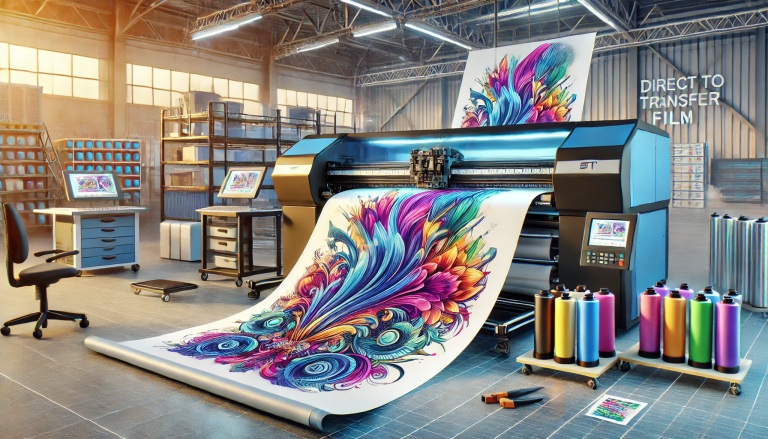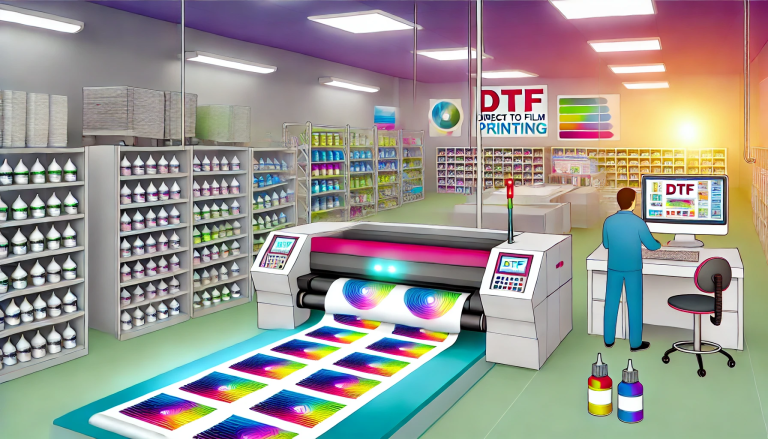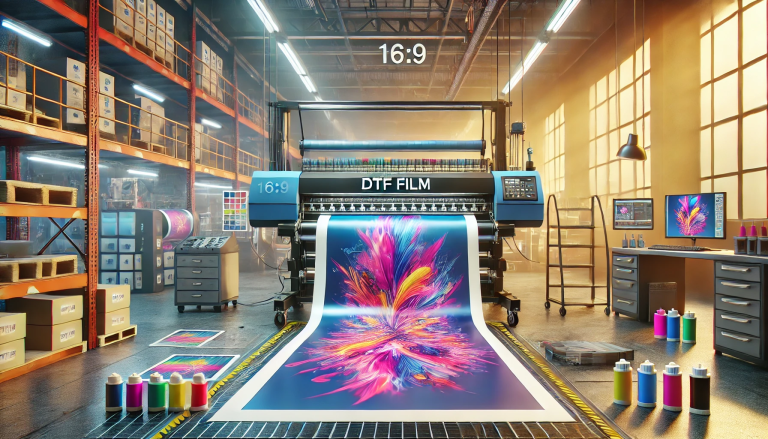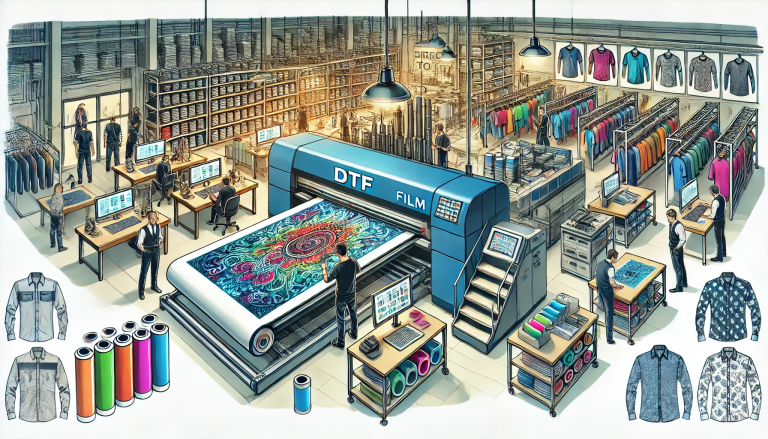“how to do dtf transfers?” -MAXDTF- DTF Film double-sided Factory, A3 DTF Film Manufacturer, Made in China
Part 1: Introduction
Direct-to-Film (DTF) transfers have revolutionized the garment decoration industry with their ability to print detailed, colorful designs on various fabrics. This essay will provide a comprehensive guide on how to perform DTF transfers, a process that involves several key steps, each requiring careful attention.
Part 2: Essential Tools and Supplies for DTF Transfers
Before delving into the process, this section will provide a detailed list of essential tools and supplies necessary for DTF transfers, including a DTF printer, DTF ink, DTF film, heat press, and adhesive powder. It will also offer guidance on how to choose these supplies based on quality, compatibility, and the specific requirements of the task at hand.
Part 3: The Printing Process
The actual process of DTF printing will be discussed in this section. This involves creating or selecting a design, setting up the printer with the correct parameters, and printing the design onto the DTF film. It’s crucial to understand how to handle the printed film as it needs to be carefully managed to prevent any damage or smudging of the ink.
Part 4: Applying the Adhesive Powder and Curing
After printing the design, the next step is applying the adhesive powder. This section will guide readers through evenly spreading the adhesive powder over the print and removing the excess. Following this, the print is cured or dried, usually with a heat press or curing machine. This step is crucial as it melts the adhesive powder, preparing the print for transfer onto the garment.
Part 5: Transferring the Print to the Garment
The final part of the process is transferring the design to the garment using a heat press. This section will cover important factors like the correct positioning of the design, the appropriate heat and pressure settings, and the right pressing time. The process of peeling off the film after pressing will also be discussed, as it should be done carefully to prevent damaging the design.
Summary
In conclusion, performing a DTF transfer involves a series of steps starting with preparing the necessary tools and supplies, printing the design onto DTF film, applying adhesive powder and curing, and finally, transferring the design to the garment. Each step is critical and requires careful execution to ensure a successful, high-quality DTF transfer. By following these steps, one can create vibrant, detailed, and durable prints on a variety of fabrics.






